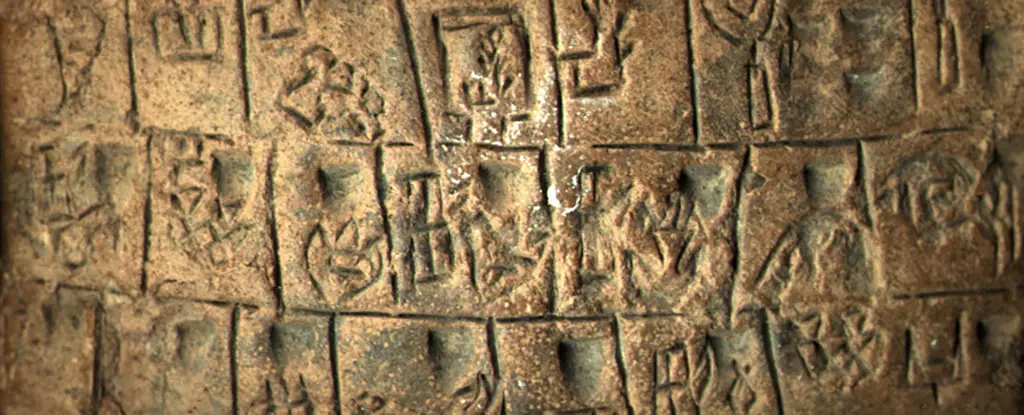For tens of thousands of years, humans have engaged in a continuous quest to document their experiences and surroundings. This instinct for expression evolved over millennia, culminating in the development of writing—an intricate system by which abstract ideas and factual information could be communicated effectively. Determining the precise moment in history when this transition from visual representation to structured writing occurred remains challenging. Recent findings by researchers from the University of Bologna shed light on this pivotal evolution by linking ancient Mesopotamian seals to proto-cuneiform, an early form of visual communication that paved the way for one of the earliest writing systems.
Philologist Silvia Ferrara and her team at the University of Bologna posed a crucial question: What role did imagery on ancient seals play in the formation of symbols and signs in writing? While the relationship between sealing techniques and the development of writing in Southwest Asia has been acknowledged previously, the team focused on the specificities of how the images depicted on seals may have influenced the shapes and meanings of proto-cuneiform signs.
Their rigorous investigation involved analyzing designs on cylinder seals, artifacts illustrative of everyday life in ancient Mesopotamia, dating back to times prior to the widespread use of written language. The researchers cross-referenced these designs with established proto-cuneiform symbols. Their analysis revealed compelling visual correlations between the seal imagery—such as woven textiles and netted vessels—and their proto-cuneiform counterparts.
A significant aspect of the study demonstrated that these early seals not only served decorative or ceremonial purposes but had functional implications as precursors to a more sophisticated writing system. For example, the form of proto-cuneiform signs associated with patterned materials featured triangular symbols with multiple lines extending downward, reminiscent of images depicting people engaged in weaving on the cylinder seals found in places like Susa and Uruk.
This strong visual resemblance indicates that the seals represented not merely aesthetic pursuits but played an essential role in the communication of economic and social activities. The engravings on these cylinder seals functioned analogously to primitive accounting systems by documenting trades and transactions, thus fostering the seeds of early literacy.
Proto-cuneiform was initially recognized primarily for its role in accounting, a practical necessity for tracking goods and resources, particularly in agrarian economies. This early form of writing allowed people to articulate financial exchanges and maintain records over time, a critical development for the administration of burgeoning city-states.
Ferrara’s insights emphasize that the transition from visual symbolism to writing was not merely a linguistic revolution; it represented a cognitive leap for humankind—transforming the way people processed information and communicated complex ideas. By illustrating how prehistoric images evolved into proto-cuneiform, the researchers have illuminated a critical juncture in human history—marked by the inauguration of not just writing, but organized societal structures.
The emergence of writing marks a significant delineation between prehistory and recorded history. Ferrara’s research underscores how the designs on cylinder seals contributed to the establishment of proto-cuneiform, thereby bridging this divide. The intricate designs formerly seen solely as artistic expressions were instrumental in the conception of one of the earliest written language systems.
Ultimately, the findings lead us to reevaluate the role of visual images and their communicative power at a time when abstract thought first began to be captured in a more formal, codified manner. As we explore these ancient seals, we gain insights not only into their functionality but also into the intellectual progression of early civilizations—highlighting how innovative symbols and signs paved the way for complex, structured communication that has persisted across millennia. Understanding such connections allows us to appreciate the profound impact of proto-writing as humanity moved closer to the sophisticated systems of written language we recognize today.


Leave a Reply